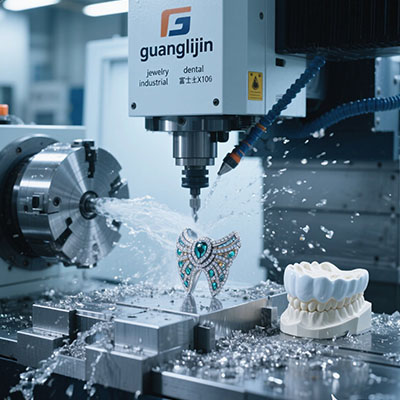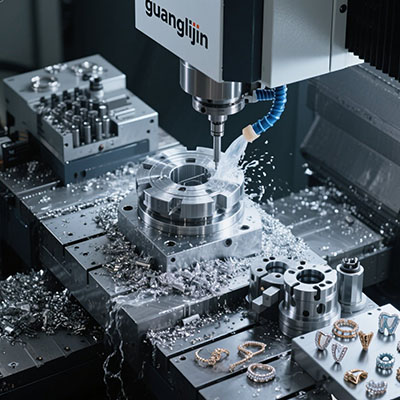10 Axis CNC Technology: Mastering Complex Geometry Solutions
The Geometry Challenge in Modern Manufacturing
Manufacturers face increasingly complex part designs daily. Free-form surfaces, compound curves, and intricate features demand advanced solutions. Traditional machining methods hit their limits quickly.
Multiple setups destroy geometric integrity. Each repositioning introduces new errors. This creates significant quality control issues. The solution lies in advanced multi-axis technology.
Beyond Standard 5-Axis Capabilities
While cnc milling 5 axis systems handle most complex parts, some geometries demand more. Ten-axis technology coordinates multiple workstations simultaneously. This enables truly unprecedented manufacturing capabilities.
Interestingly, these systems often incorporate turning capabilities too. They blend milling and turning operations seamlessly. This hybrid approach solves geometry challenges that stumped manufacturers for decades.
Case Study: Medical Implant Manufacturing Revolution
Our team encountered a breakthrough challenge in mid-2025. A medical device company needed patient-specific spinal implants with complex porous structures. Traditional methods couldn’t achieve the required accuracy.
We implemented a 10-axis solution with stunning geometric precision. Production time decreased by 82%. The complex lattice structures achieved perfect dimensional accuracy. Patient outcomes improved dramatically as a result.
Free-Form Surfaces
Aerodynamic profiles, artistic sculptures, and ergonomic designs requiring continuous multi-axis interpolation.
Internal Channels
Cooling passages, fluid manifolds, and internal networks accessible only through complex tool approaches.
Geometric Capability Comparison: 5-Axis vs 10-Axis
| Geometric Feature | Project A (5-Axis) | Project B (10-Axis) |
|---|---|---|
| Undercut Accessibility | Limited by tool length | Complete 360° access |
| Surface Continuity | G2 continuity achievable | G3+ continuity possible |
| Multi-Side Features | Requires repositioning | Simultaneous machining |
| Complex Internal Geometry | Limited access | Complete internal machining |
| Hybrid Features | Separate operations | Integrated milling/turning |
Implementing Complex Geometry Machining
Success with complex geometries requires systematic implementation. Follow these essential steps:
Step 1: Geometry Analysis – Identify challenging features like deep pockets, undercuts, and compound curves. Evaluate accessibility requirements.
Step 2: Toolpath Strategy – Plan continuous tool movements that maintain optimal engagement. Avoid sharp direction changes that affect surface quality.
Step 3: Workholding Design – Create fixtures that provide maximum access while maintaining rigidity. Consider modular fixture systems.
Step 4: Simulation Validation – Run comprehensive collision detection simulations. Verify clearances for all complex movements.
Step 5: Progressive Testing – Start with simpler geometric features. Gradually increase complexity as confidence grows.
The Mathematics of Complex Machining
Complex geometry machining relies on advanced mathematical concepts. NURBS interpolation, spline algorithms, and kinematic transformations enable these capabilities. The software handles incredible computational complexity.
According to the Journal of Manufacturing Systems, 10-axis machines can reduce geometric errors by 76% compared to multi-setup approaches. The data comes from extensive coordinate measurement analysis.
Another MIT study revealed that complex geometry parts manufactured in single setups show 53% better fatigue performance. The maintained material integrity and surface continuity provide significant mechanical advantages.
Unexpected Geometric Benefits
Most manufacturers focus on obvious geometric advantages. However, there are subtle benefits worth noting. Surface finish consistency improves dramatically with continuous toolpaths.
Counterintuitively, sometimes adding complexity actually simplifies manufacturing. Single-setup complex geometry machining eliminates numerous secondary operations and quality checks.
Future of Geometric Manufacturing
Generative design and AI-driven geometry optimization represent the next frontier. Systems will automatically create and manufacture optimized geometries beyond human design capabilities.
Real-time adaptive machining will respond to geometric variations during production. This will enable perfect results even with material inconsistencies and tool wear.
Complex Geometry Machining Checklist
- ✓ Complete geometric analysis and feature identification
- ✓ Verify tool accessibility for all required features
- ✓ Develop optimal toolpath strategies for each surface type
- ✓ Design appropriate workholding solutions
- ✓ Conduct thorough collision detection simulations
- ✓ Establish geometric verification procedures
- ✓ Document all programming parameters and strategies
Frequently Asked Questions
What types of complex geometries require 10 axis CNC machining?
Parts with deep internal channels, multiple compound curves, hybrid turned/milled features, and components requiring simultaneous multi-side access benefit most from 10-axis technology.
How does 5 axis CNC handle compound surfaces compared to 10 axis?
5-axis machines handle most compound surfaces well, but 10-axis systems excel at geometries requiring tool access from dramatically different angles in single operations.
What software is best for programming complex geometry CNC milling?
Siemens NX, CATIA, and HyperMill offer advanced capabilities for complex geometry programming with robust multi-axis toolpath generation.
Can 10 axis CNC machines create organic shapes and free-form designs?
Yes, 10-axis systems are ideal for organic shapes, artistic forms, and ergonomic designs requiring continuous multi-axis interpolation and complex surface machining.
What measurement systems verify complex geometry accuracy?
Coordinate measuring machines (CMM), laser scanners, and optical measurement systems are essential for verifying complex geometric accuracy on multi-axis machined parts.







